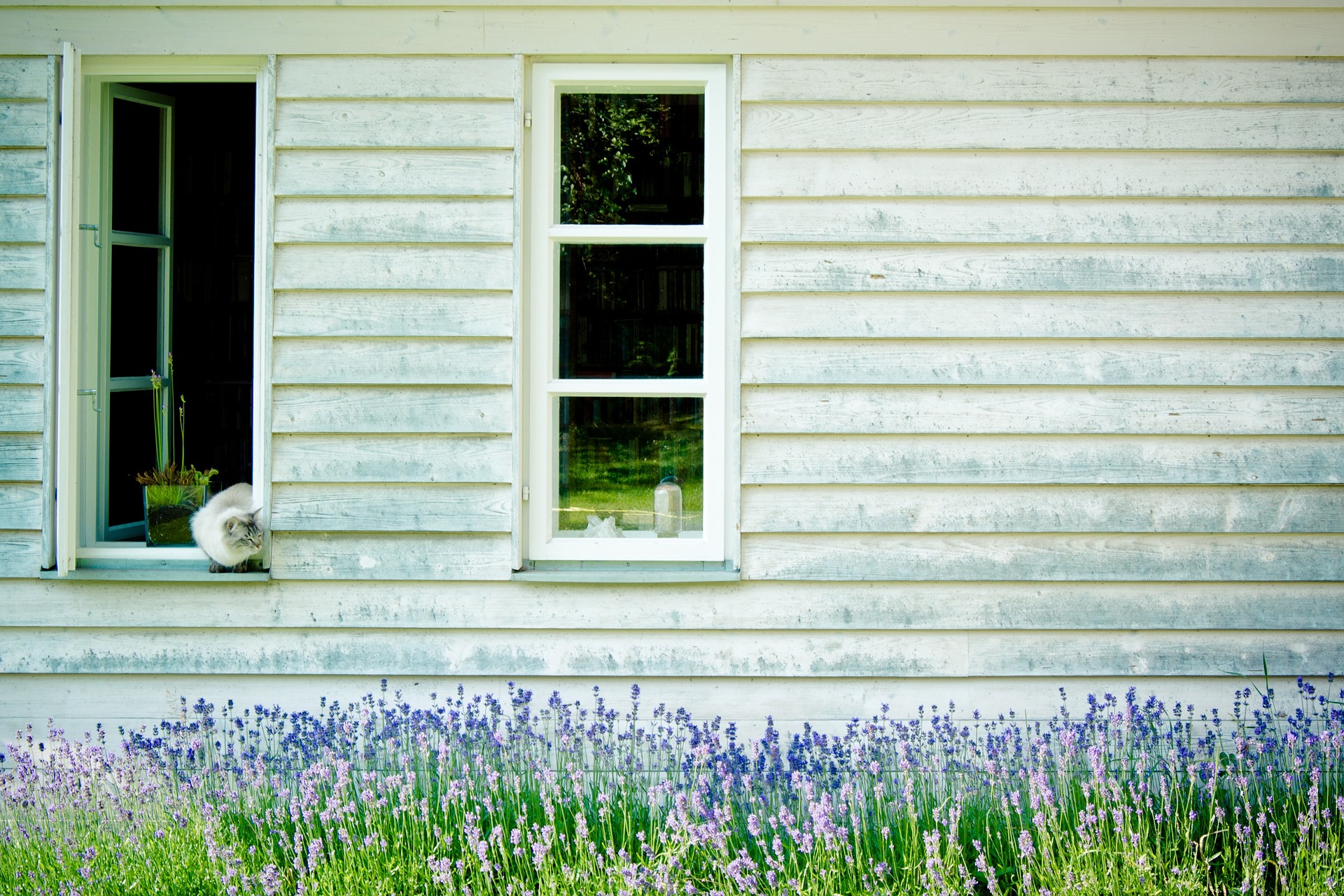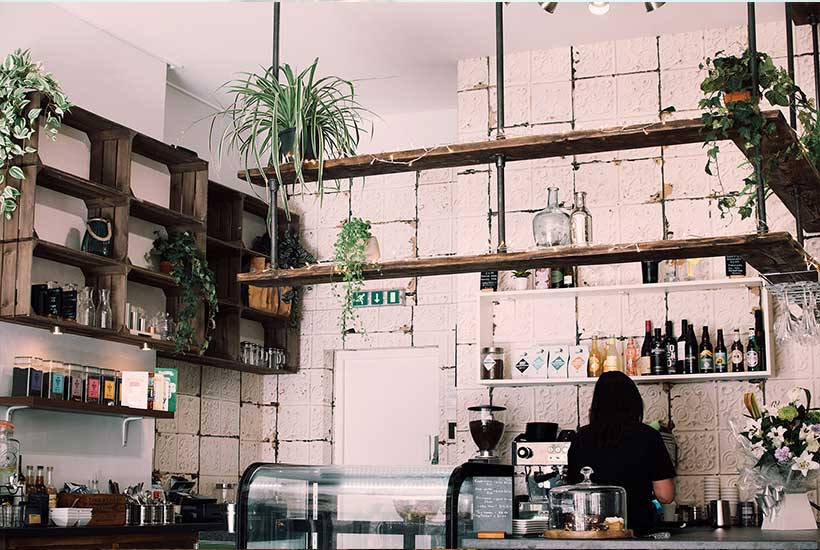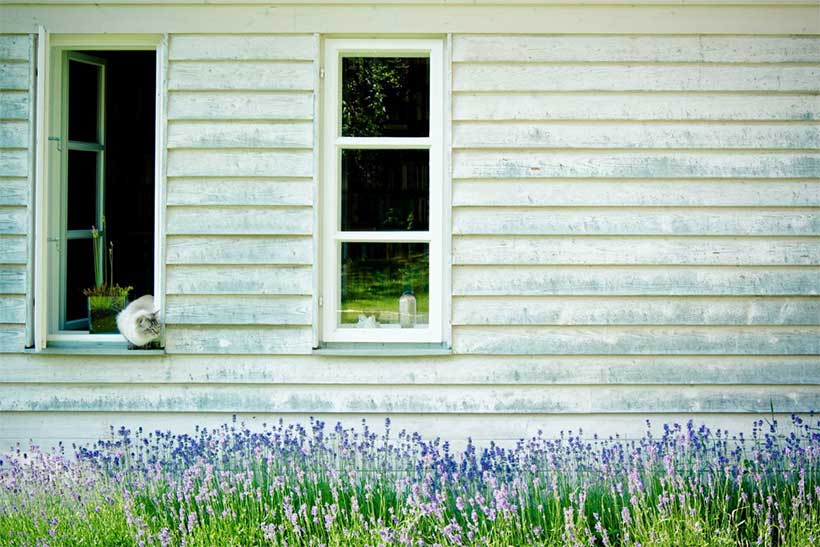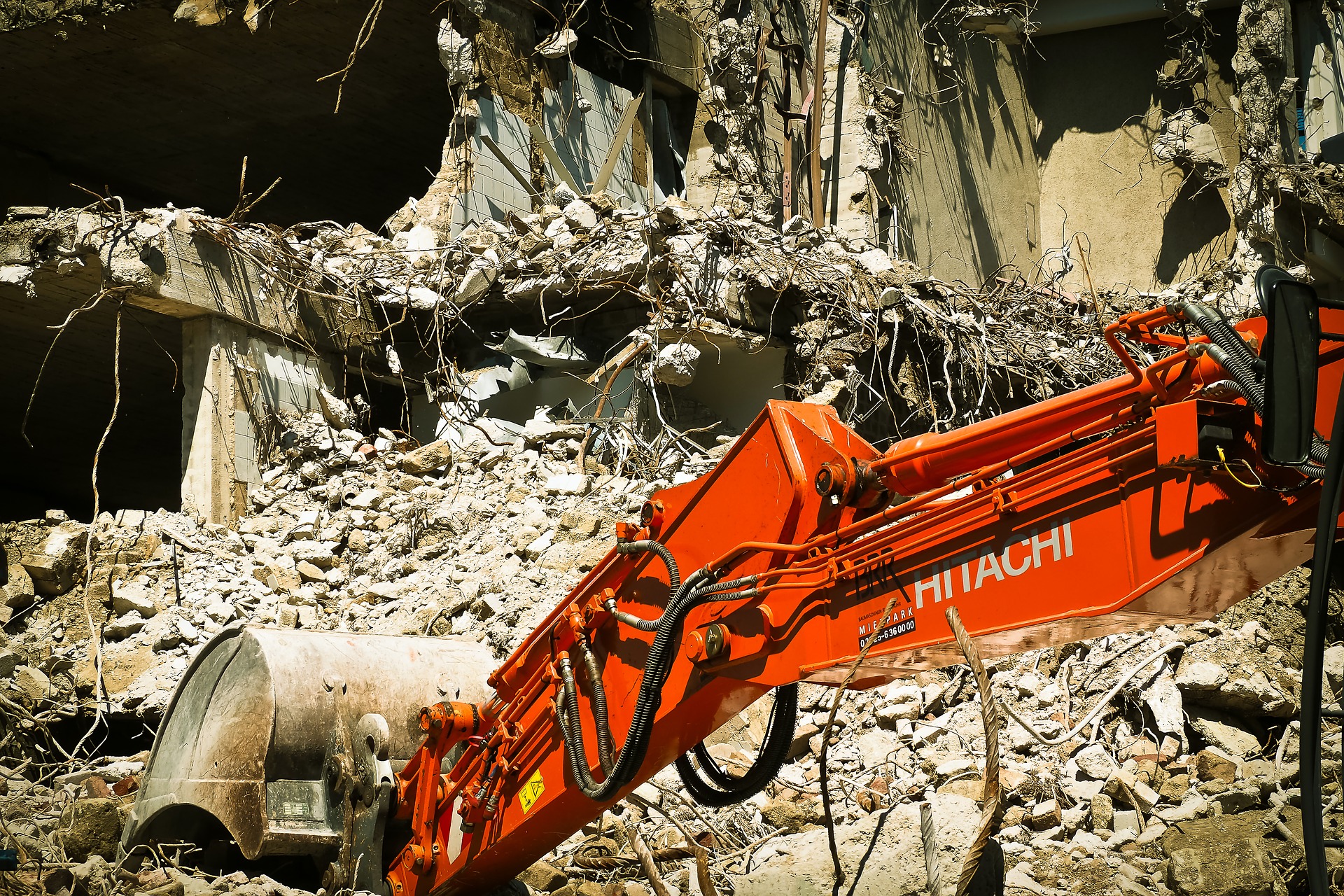Does My Leaky Home Need Recladding?
Many victims of the leaky home crisis are turning to recladding to fully renovate their homes. If you find yourself the owner of a leaky home, recladding may be the only way to fully ensure the long-term health and integrity of your home. In this blog post, we take a look at what a leaky home is, signs that you have one, and what’s involved if your leaky home needs recladding.
What is a leaky home?
‘Leaky home’ is the well-known term used to describe homes built between 1994 and 2004, which have mild to severe weather-tightness issues caused by a number of factors including builders using inappropriate cladding materials, which allowed more water in, relaxed standards for timber treatment, which meant untreated Pinus radiata was used for wall framing even though this has little resistance to water and rot, and poor installation practices. On top of this, there was often poor drainage and ventilation between the cladding and the framework. The result was excess water, which became trapped, causing the timber framing to decay over time and making many buildings unhealthy to live in due to developing moulds and spores.
In 2004 the New Zealand government passed a new Building Act which tightened up licensing and regulations and returned to the requirement of using treated radiata framing in external walls.
However, several thousand homes throughout New Zealand are still awaiting renovations and there have been many legal and financial battles over the years with many homeowners finding they have to cover most of the cost of repairs themselves.
Signs of a leaky home
If you have a timber-frame home that was built during 1994 and 2004, it could be a leaky home. It Leakages and damage are often not obvious until a lot of damage has been done. In fact, some people, especially those who live in drier areas, have only been finding out in recent years that their home is leaky.
Common signs to check for include:
- Leaks
- Mould
- Musty smells
- Bulging or cracked walls
- Sagging ceilings
- Uneven flooring or lifting of vinyl
- Corrosion of fixings
- Ongoing allergy / respiratory symptoms
For more signs of a leaky home visit the government leaky home guidelines. If you suspect you have a leaky home, call us at Ambient Construction on (09) 529 5000 for advice.
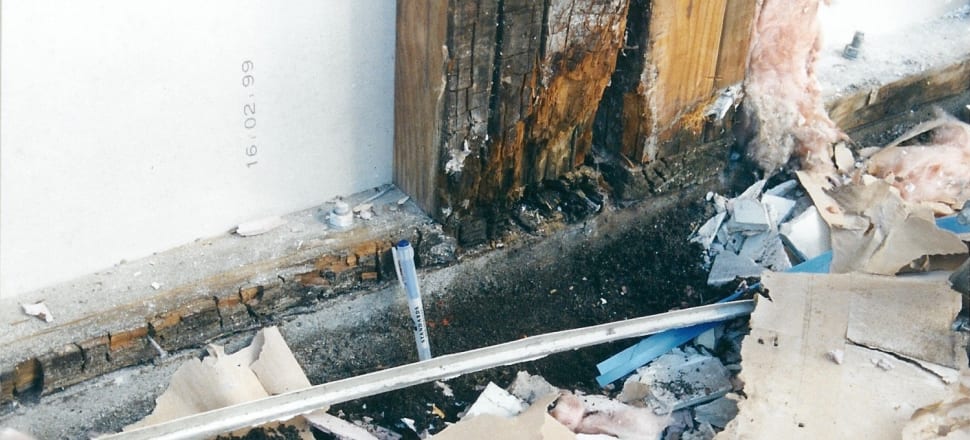
What is recladding?
Cladding is the external materials of a building and recladding involves the removal and of existing cladding until all the framing is exposed. The framing is assessed for damage, repaired as necessary, and then replaced with new cladding.
Full or partial recladding?
You can go for a full or partial recladding, although for leaky homes it’s recommended to do a total recladding of your home to fix all possible damage and ensure you don’t have any issues in the future.
Many New Zealanders opt to replace plaster cladding with weatherboard or a combination of weatherboard and other types of cladding. Your recladding team will be able to give you some options and offer advice specific to your home.
Recladding your home will make it more weathertight and prevent future leaks and damage.
Factors which affect the cost of recladding
It is difficult to quote for a full recladding at least until the original cladding has been removed. There are so many variables such as the size of your home, the extent of current damage, the site conditions, building materials, and design styles.
Providing as much information as possible to your recladding team can help provide a more accurate quote and speed up the process. Useful information includes details of the history of your home and past damage (get a Land Information Memorandum –LIM – from your local council) and the original home plans and land features (apply for a Project Information Memorandum – PIM – from your local council).
Can I live in my home during recladding?
No, you won’t be able to live in your home while it is being reclad. You will need to find temporary accommodation for the duration of the project, which can be around 12-16 weeks depending on the size of your home.
Contact the Ambient Construction team to discuss your recladding needs
If you have any further questions or would like to chat about your concerns or ideas for the recladding of your home, give us a call on 09 529 5000 or drop us an email. We’ll listen to you and offer advice based on your specific home, its conditions, and your requirements.

